Main artist
Artists
The main illuminator painted the two surviving full-page miniatures for the Hours of the Virgin (fol. 2v) and the Hours of the Trinity (fol. 28v). The same artist was probably responsible for the large historiated initials on fols. 29r and 55v.
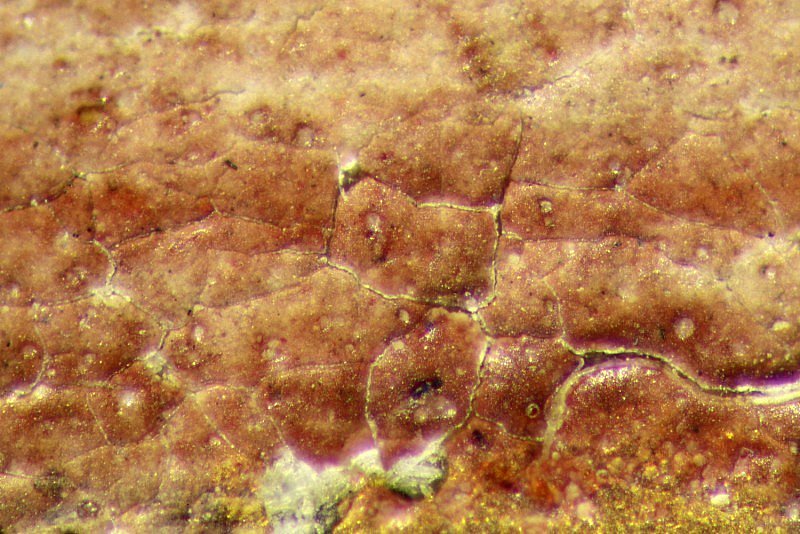
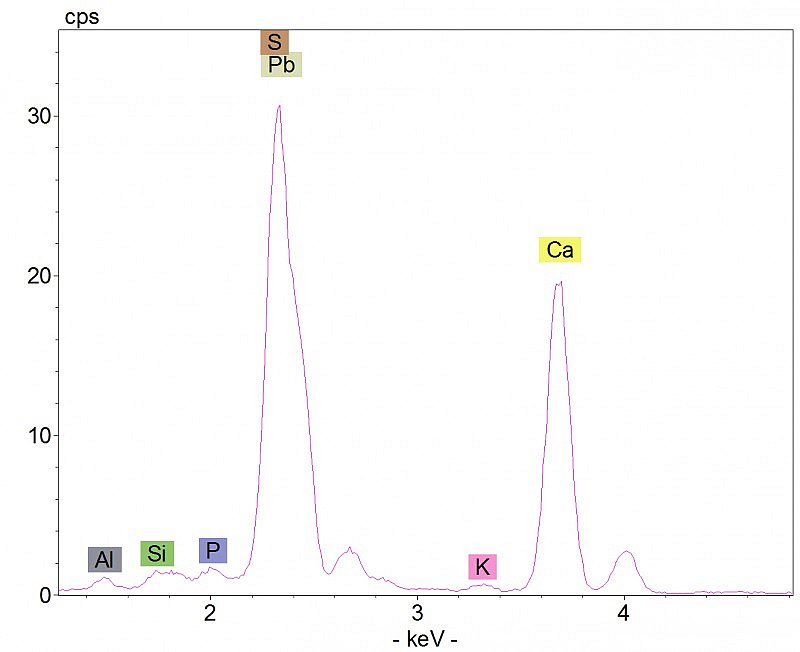
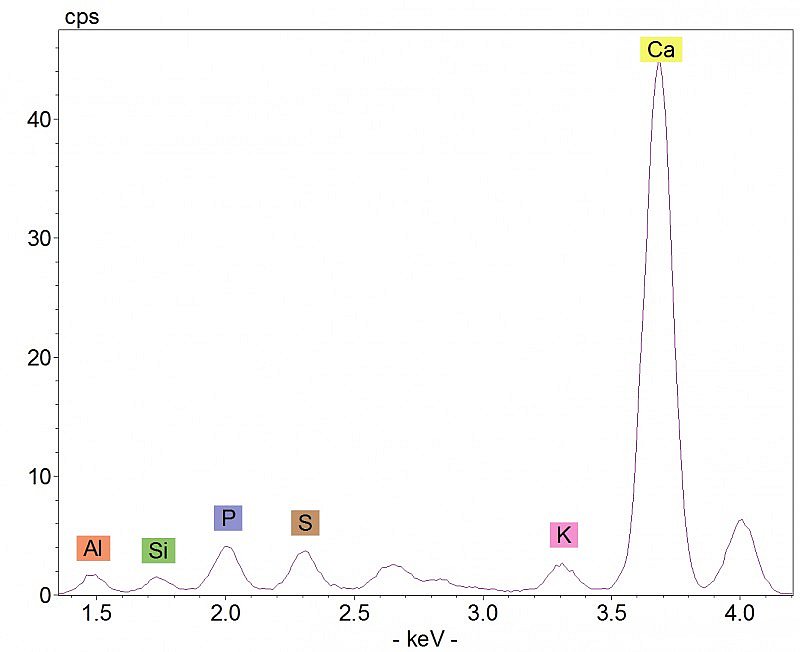


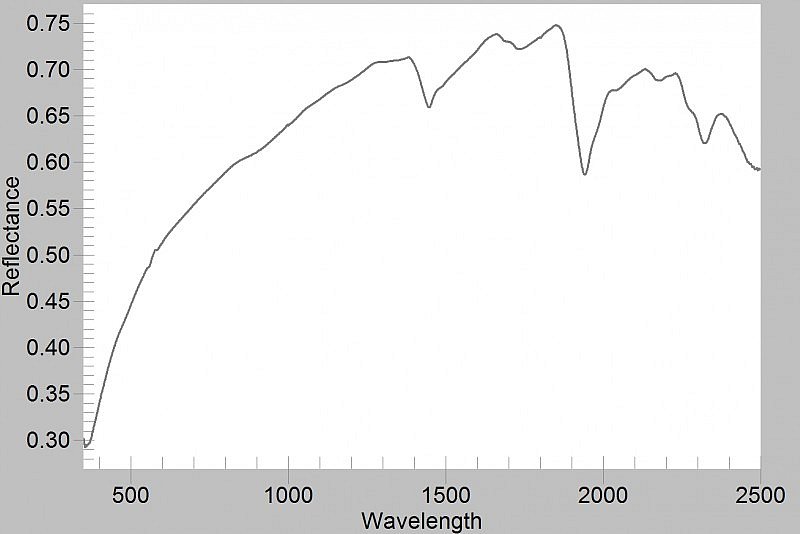
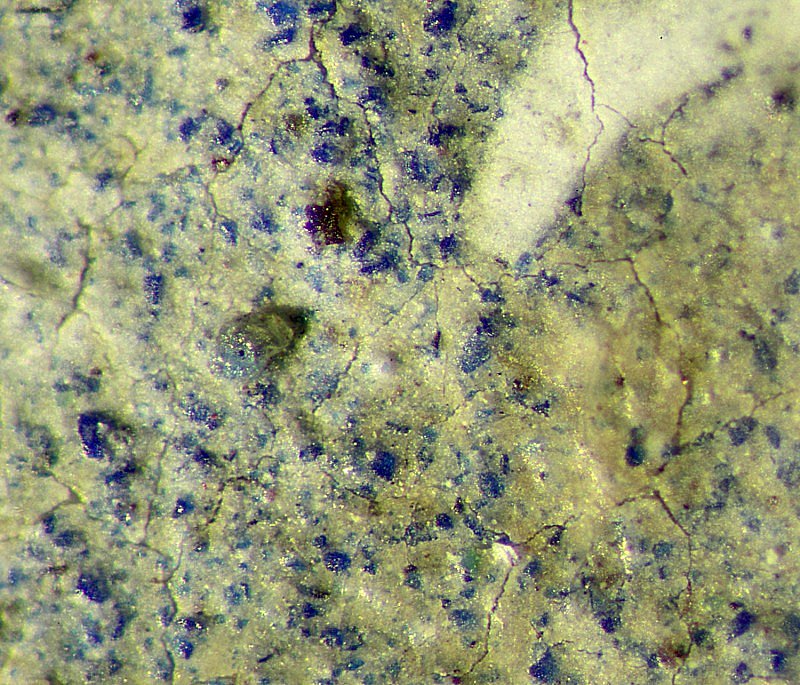
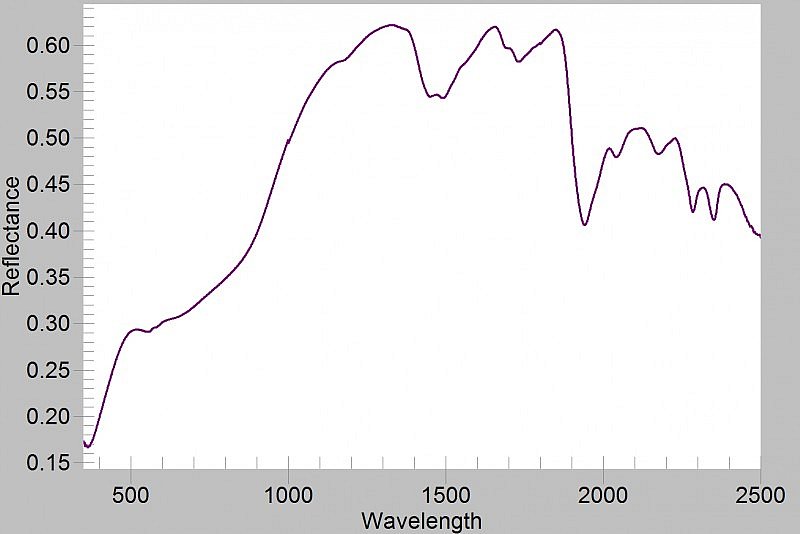
.jpg)
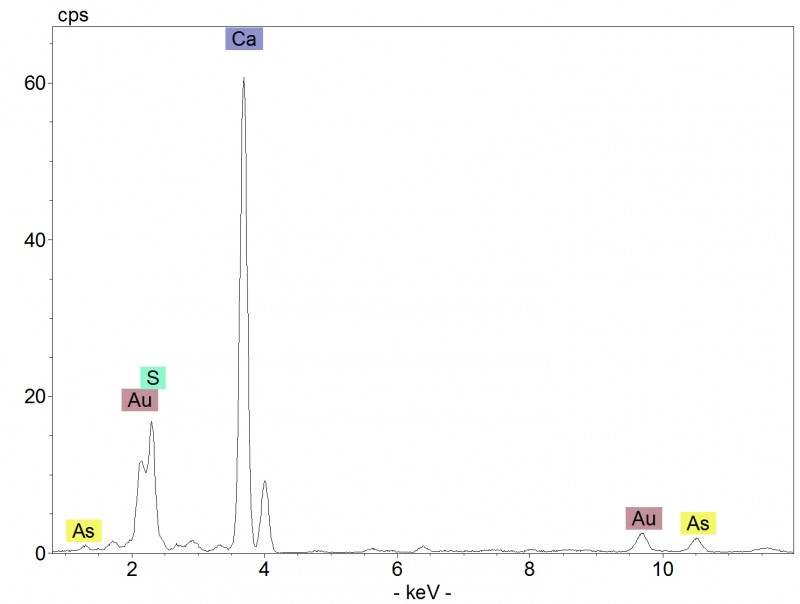
Annunciation with John de Pabenham and Joan Clifford kneeling in the lower margin (Hours of the Virgin)
Underdrawing for the draperies is visible in the infrared image, as well as through the semi-transparent paint used in the Virgin’s pink mantle. This garment was painted with a mixture of an insect-based red dye, lead white and gypsum (hotspot 1), while Gabriel’s dark pink tunic contains a red dye mixed with chalk (hotspot 2). Gabriel’s blue-grey wings contain azurite blue and small quantities of an organic red, as can be seen under magnification (hotspot 4). The tooled gold leaf in the background was additionally decorated by painting a pattern of spirals with an arsenic sulphide yellow pigment, likely orpiment (hotspot 5).
